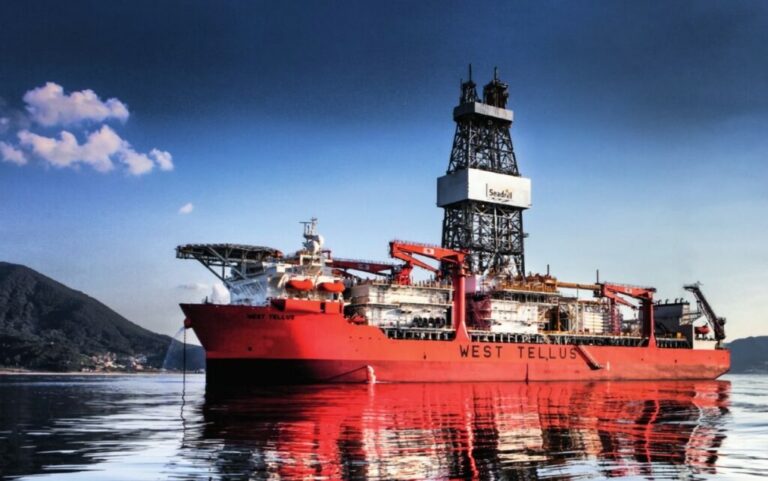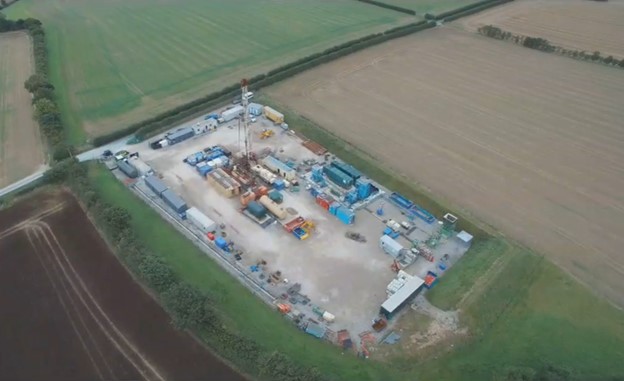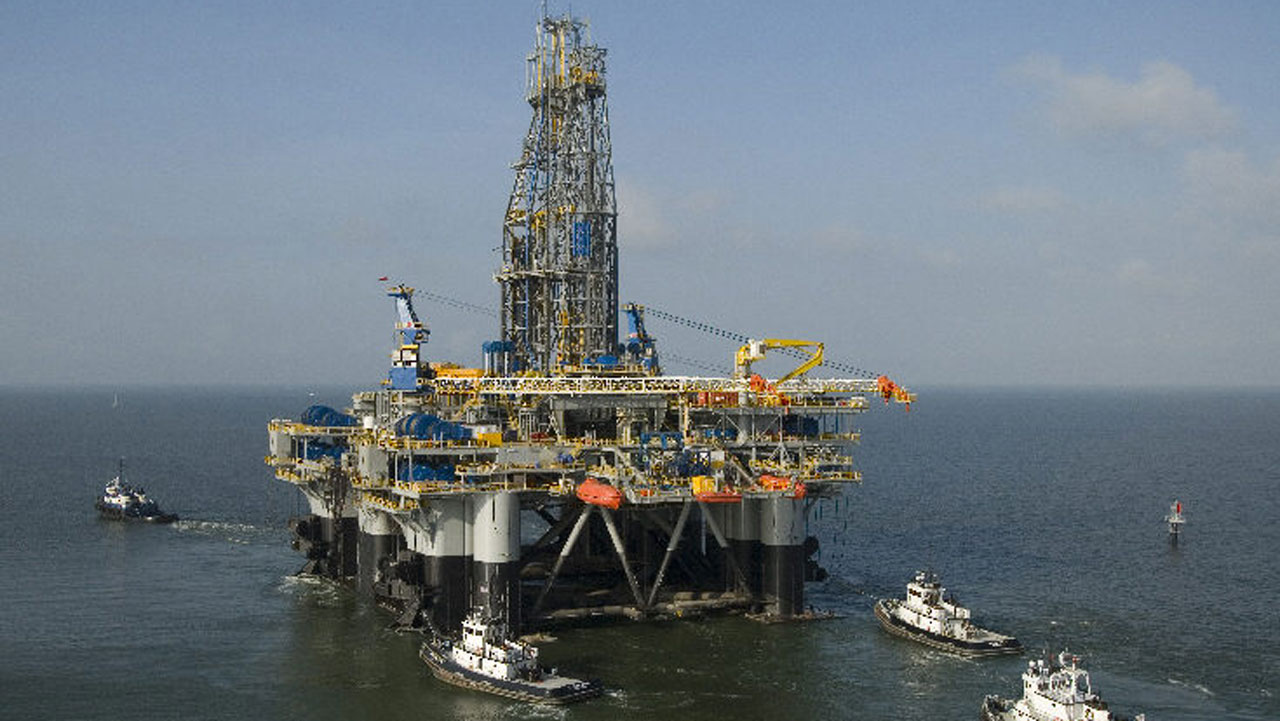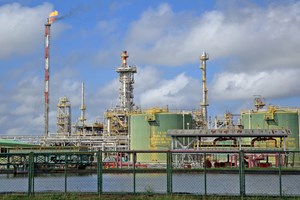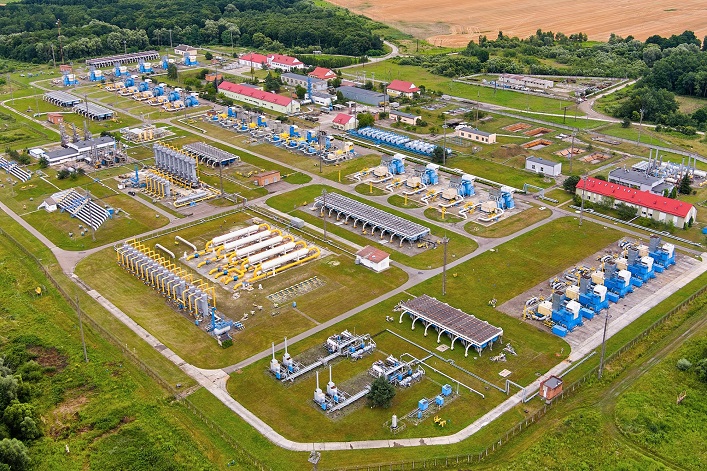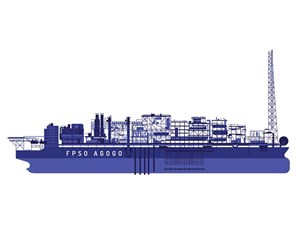British contractor Jones Bros Civil Engineering has been hired to install the onshore cable infrastructure for the project, which will dovetail production from the Creyke Beck A, Creyke Beck B and Teesside A wind farms into one giant complex that will eventually supply power to over 4.5 million UK homes – equivalent to around 5% of the country’s estimated electricity generation.
“Getting the first spade in the ground is a significant milestone on any project, but for what will be the world’s largest offshore wind farm, this is a major moment for a project that has already been over a decade in the making,” said Steve Wilson, managing director of SSE-Equinor joint venture Dogger Bank Wind Farms.
“Dogger Bank will play a critical role in the UK’s effort to achieve net-zero through the use of low-carbon fuel sources.”
The two year onshore civil engineering job, involving some 100 Jones Bros personnel, will encompass completing bulk earthworks at the onshore high voltage direct current (HVDC) converter station sites, as well as vegetation clearance, preparing access junctions, and installation of pre- and post-construction land drainage.
Then onshore infrastructure including 32km of duct-encased electrical cables can be installed within trenches to meet the landfall point where the offshore export cable will come ashore from Dogger Bank, being developed in water depths of 20-35 metres some 130km out at sea.
Dogger Bank will be built around some 300 of GE Renewable Energy’s record-holding 12MW Haliade-Xs, which fly 220-metre-diameter rotors that power a direct-drive and permanent-magnet-generator transmission system with a 63% gross capacity factor. A prototype of the design began trials late last year in the Dutch port of Rotterdam.
Several other major contracts for Dogger Bank, awarded to SSE and Equinor in the UK’s September 2019 Contracts for Difference (CfD) auctions, have been awarded in recent months, including for installation of the turbines, to Dutch marine contractor Jan De Nul, and for a pair of HVDC converter stations, being delivered by Norway’s Aibel.
Dogger Bank will transport the offshore wind sector into the global energy big league, at a development sticker price of around $10bn rivalling the biggest oil & gas projects now taking shape and providing a life-line for a supply chain struggling to make ends meet as the world shifts power sources in the energy transition.
The mega-development will also be central to Britain’s so-called ‘sector deal’ plans to capitalise on the economic development potential represented by offshore wind – which is foreseen providing 40GW of power to the national grid by 2030 .
